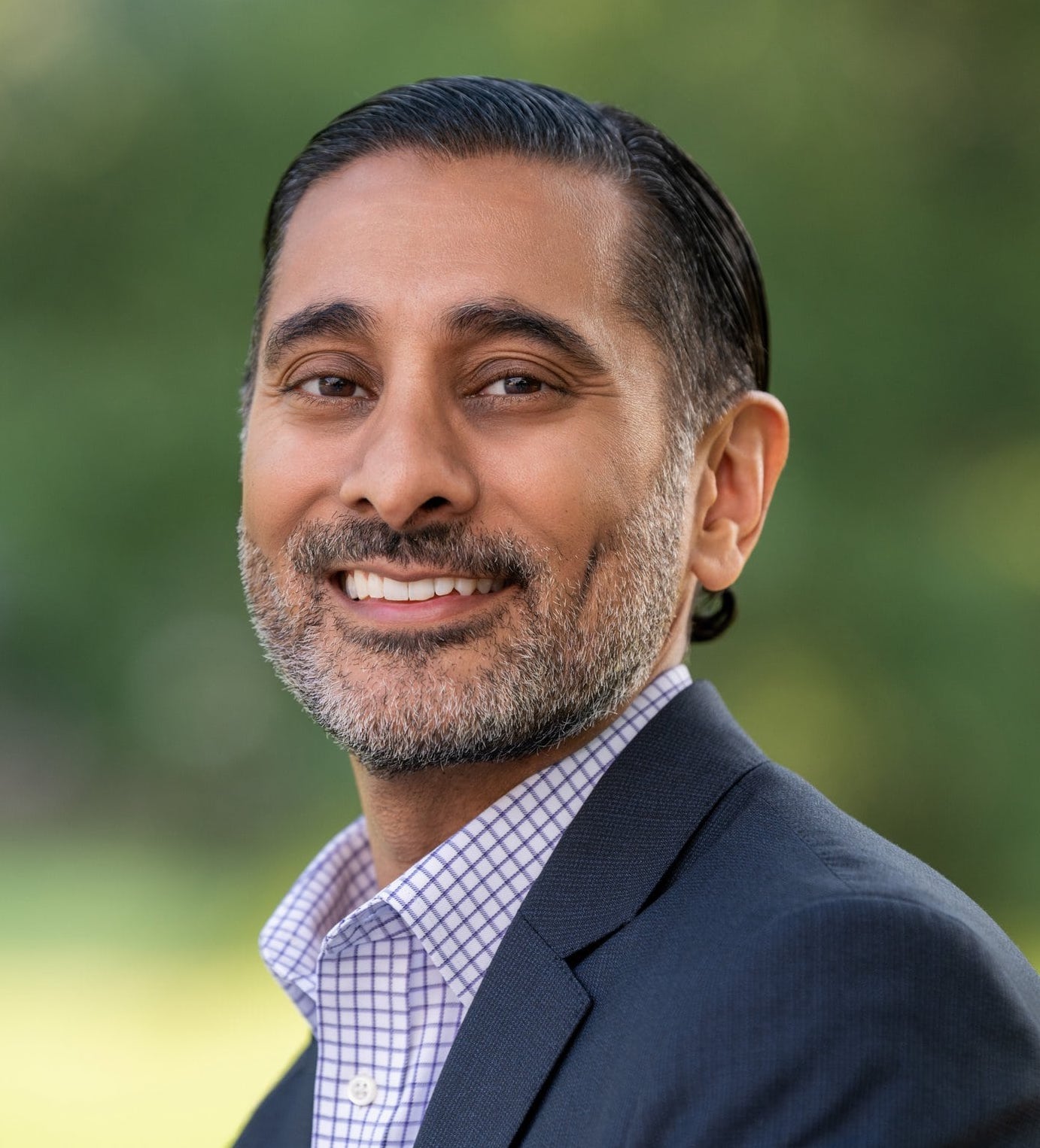Exploring the Recent Recovery of the Healthcare Services Space
Exploring the Recent Recovery of the Healthcare Services Space
During and immediately following COVID-19, a myriad of conditions plagued primary care, outpatient, and other patient-centric care systems — creating a perfect storm that slowed the pace of the previously high levels of investment in the healthcare services sector. These challenges included wage inflation issues, lags in payor reimbursement, and staffing shortages — which resulted in significantly more expensive agency-based labor alternatives. All of these factors created a macroeconomic backdrop that drove investors away from healthcare.
In addition, healthcare services volume did not recover as quickly as expected after COVID-19 restrictions were lifted for several reasons. Patients delayed elective surgeries, and even after restrictions ended, patients were hesitant to return to healthcare facilities for continued fear of contracting the virus. The hesitancy persisted, especially among older or immunocompromised populations, leading to lower-than-expected volumes of elective surgeries and routine care ¹. In turn, this caused revenue loss for many healthcare providers, especially those dependent on elective surgeries and outpatient services. Configure saw many stressed multi-site service platforms seeking refinancing or selling, extending from this period through the first half of 2024.
Adding to the headwinds was the tightening of the debt capital markets. In the aftermath of the SVB collapse, lenders were less interested in deploying capital and more interested in shoring up their balance sheets. Luckily, those times have come to pass, as the sheer amount of dry powder, particularly amongst private credit, has caused lenders to become more aggressive as they look to deploy capital, and terms are improving across the board.
While those factors may bode well for the overall market, what about healthcare services specifically? Founders are selling their businesses; the debt market is doing its part — the last leg of the stool is for sponsors to sell existing portfolio companies. Configure has seen a reversal of many of the issues that plagued the sector following COVID-19, and now is an opportune time for PE professionals to return to the healthcare services space due to the following elements.
Recovering Reimbursements
The previously mentioned lag in reimbursement issues has finally caught up with the high levels of inflation seen coming out of COVID-19. During that era, costs were increasing rapidly, and reimbursement could not catch up — a problem that was exacerbated by atypically high levels of inflation, beyond just wage inflation. Now, the inflation Configure has seen over the last 24 – 36 months is being reflected properly in pricing, and providers are being reimbursed in line with historical margins from commercial and government reimbursement.
PE sponsors with investments in healthcare services, including physician-owned practices, likely felt the pinch over the last several quarters. Now, those same sponsors are enjoying the positive impact. In addition, the trend is creating a more attractive environment for additional investment in the space.
Growing Volumes
Investors are finally seeing the light at the end of the tunnel as the population returns for healthcare services. These are the numbers that investors and healthcare executives hoped to see in the months following COVID-19, but now are finally making their return.
During COVID-19, hospitals and surgery centers were typically running at capacity — limited, of course, due to the labor shortage. However, due to the combination of normalizing labor issues and a national trend of new beds brought online at specialty facilities, the new capacity coming to life is subsequently absorbing the extra demand and increasing volumes.
Homeostasis of Wage and Labor Growth
As is widely understood, a primary issue during COVID-19 and shortly thereafter was the massive gap in available medical personnel to address the pressing needs during the pandemic. Contract labor became a welcomed stop-gap measure, but this solution would be an extremely expensive practice to maintain.
However, the usage of nursing contract labor — the area of greatest pressure — has returned to pre-COVID levels ². Configure has also seen wage inflation depart and normalize to historic levels. In addition, top-line growth should outpace expense growth for most operators throughout the rest of 2024, just as it did in 2023 ³. With above-trend operator volumes and above-trend operator rate growth, coupled with stabilized wage inflation, providers should be able to build back margins reminiscent of pre-pandemic levels.
A New Era for Investing in Healthcare Services
Overall, some healthcare services sectors have been out of vogue for the last several quarters as a place for PE professionals to invest. However, the fundamental issues rocking the boat have calmed, providing much smoother seas for sponsors looking to dip their toes back into the water. The combination of soft acquisition multiples with a great operating environment and a strong debt market has set up a prime environment for investors to get excited about once again.
² Bureau of Labor Statistics and William Blair Equity Research

About Parm Atwal
Parm brings to Configure over 20 years of sponsor finance experience at middle-market credit platforms. Prior to joining the firm, he was a Managing Director at Capital One, focusing on sponsor originations. Previously, he held senior roles originating, structuring, and executing leveraged finance transactions at Oxford Finance, Wells Fargo, FirstLight Financial, and GE Capital.
Prior to Parm’s career in leveraged finance, he held roles in managed care contracting and reimbursement at Lifespan and Partners Healthcare. Parm has received a B.A. from The University of Chicago, an M.H.S. from Johns Hopkins University, and an M.B.A. from Emory University, and he is a FINRA General Securities Registered Representative (Series 79, 63).
Like what you have read so far?
Subscribe to get thought leadership from Configure Partners direct to your inbox.
Recent Posts
- Configure Partners Welcomes Chicago-Based Managing Director Mark Birkett
- James Bardenwerper Discusses the Demand for ABLs With LSEG
- Configure Partners Announces Promotion of Matt Guill to Managing Director
- Joseph Weissglass Discusses Private Credit Trends in Today’s Market With LSEG
- Configure Partners Announces Promotions of Kennedy Klaber and Matthew Martens


